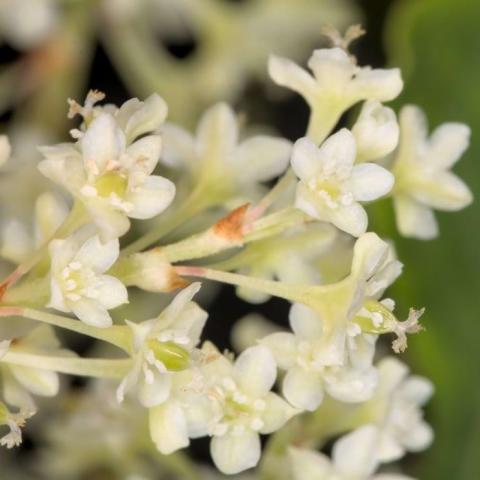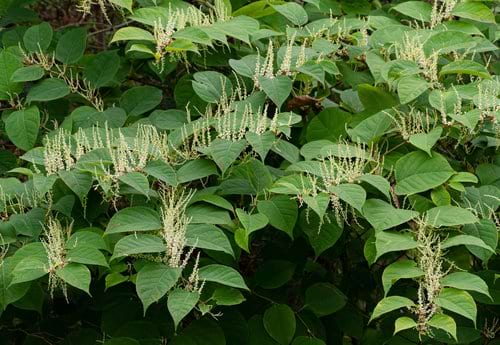Webinar: Field mapping protocols for invasive plant species

Organised by the North American Invasive Species Management Association (NAISMA)
Field mapping protocols — What to consider when mapping for invasive plant species
17 April 2024, 13:00-14:00 CDT
Join representatives from the North American Invasive Species Management Association (NAISMA) Standards and Technology Committee in a webinar that will explore the NAISMA Mapping Standards and Field Mapping Protocols. Many managers understand the value of data collection and sharing. However, guidance on data collection practices is not easily accessible. The Standards and Technology Committee has worked to aggregate existing field mapping protocols and have identified the commonalities on general structure of these protocols. In this webinar, learn what components are commonly included in field mapping protocols, how they vary, and what it looks like to create a field mapping protocol for your organization. Representatives from Teton County Weed and Pest District in Jackson, Wyoming will present field mapping protocols that were created by utilizing the results/guidance from the Standards and Technology Committee. This webinar is sure to be beneficial whether you have a Field Mapping Protocol in place for your organization, or if you are looking to create your own.
>> Official website and registration
Get your copy of the IPBES Invasive alien species assessment from the IPBES website, the platform's latest report. For an overview of IPBES publications, materials, and projects on invasive alien species, see our dedicated page.
Speaker
Mark Daluge is the Assistant Supervisor for the Teton County Weed and Pest District located in Jackson, Wyoming. Following the receipt of a Bachelor of Science degree in Agricultural Business Management from the University of Wisconsin in 2003, he moved to Jackson and has been working in the invasive species industry ever since. He received the Rita Beard Visionary Leadership Award from NAISMA in 2019, given annually in recognition of an early-career individual who has shown exceptional dedication and accomplishments regarding invasive species management or educational activities. He is a State of Wyoming Certified Weed & Pest Control District Supervisor, is Past-President of the North American Invasive Species Management Association (NAISMA), is the chair of the NAISMA Standards and Technology Committee, and an active member on the NAISMA Weed Free Products committee. He oversees Teton County Weed and Pest’s yearly treatment operations, is a licensed drone pilot, and coordinates their GIS program. Mark takes pride in having a “can do” attitude and likes a challenge. In his free time, he enjoys rafting, skiing, and camping with his wife and two children.
About NAISMA
The North American Invasive Species Management Association (NAISMA) provides the connection, the tools and the voice you need to address the threats of invasive species.
Since 1994, NAISMA has supported invasive species management professionals through trainings, standards, outreach and networking that bridge jurisdictions and diverse stakeholders.
>> See NAISMA's webinar series

Photo by stanze on flickr: Japanese knotweed (Polygonum cuspidatum and synonyms) "is an herbaceous perennial native to Japan. It has been introduced to Europe and North America as an ornamental and is also used to stabilise soil, especially in coastal areas. It requires full sun and is found primarily in moist habitats but also grows in waste places, along roadways and other disturbed areas. Once established, P. cuspidatum forms dense stands that shade and crowd out all other vegetation, displacing native flora and fauna, and the overwintering canes and leaves are slow to decompose" according to the Global Invasive Species Database; costs for controlling this invasive species have been estimated at £1.5 billion for the UK alone.
